
19 & 20 APRIL 2025,
NEHRU CENTRE, MUMBAI

an exhibition of modern & contemporary indian art
The inaugural edition of ShowKeen honors the finest of creativity in the Indian art landscape. Join us to experience an exhibition of artworks never before presented together, and for a chance to expand your collection with the best of Indian art.
Artist Spotlight:
MAQBOOL FIDA HUSAIN
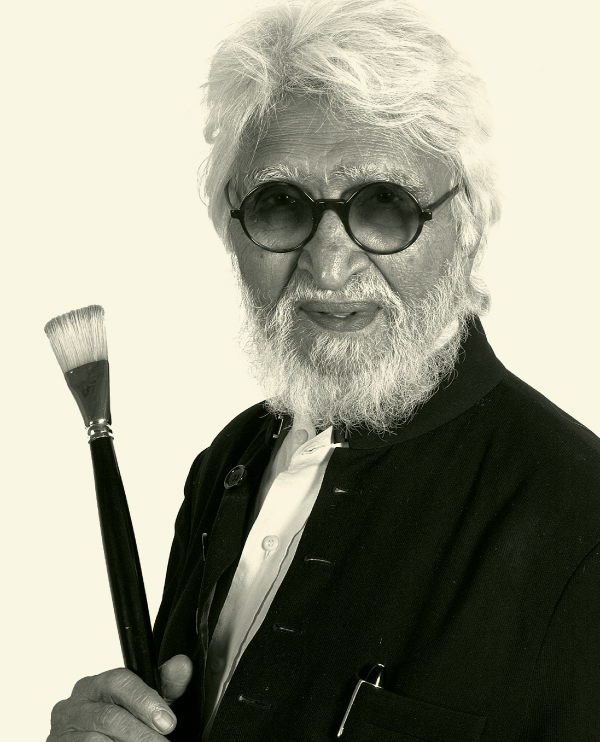
A self-taught artist, Maqbool Fida Husain was born in 1915 in Maharashtra. In 1937, he arrived in Mumbai with little money, determined to pursue a career in art.
Initially, Husain worked as a cinema hoarding painter, displaying great dexterity. His breakthrough came in 1947 when he won an award at the Bombay Art Society’s annual exhibition. Souza invited him to join the Progressive Artists’ Group. He held major retrospectives in Mumbai, Calcutta, and New Delhi. His work was shown internationally at the Royal Academy of Arts, the Tate Gallery, and the Hirschhorn Museum. Husain received the Padma Bhushan in 1973, the Padma Vibhushan in 1989, and a Rajya Sabha nomination in 1986. He passed away in 2011.
KRISHEN KHANNA
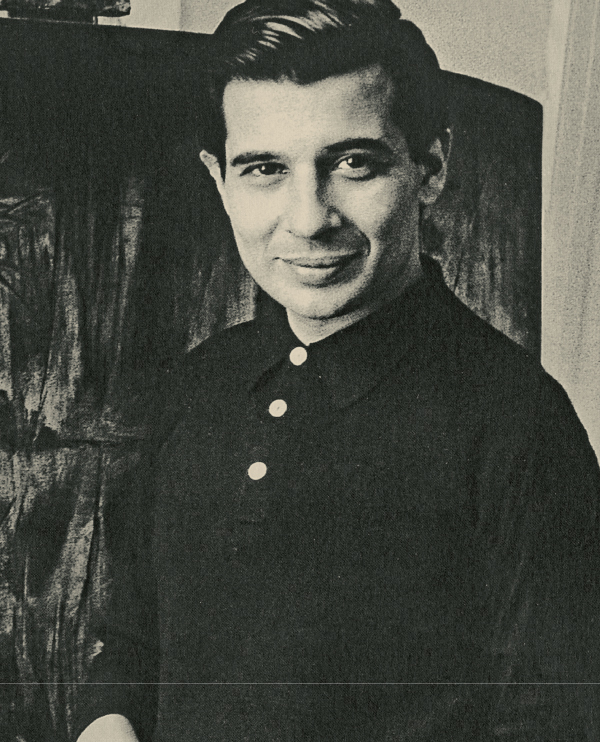
Born in Lyallpur (now Faisalabad, Pakistan) in 1925, Krishen Khanna moved to Shimla during the partition. He later took up a position with Grindlays Bank in Mumbai.
In Mumbai, Khanna joined the Progressive Artists’ Group, remaining associated with it throughout his career. He received the Rockefeller Fellowship in 1962 and was Artist in Residence at the American University, Washington, from 1963 to 1964. He exhibited at the Tokyo, São Paulo, and Venice Biennales. He also participated in the Festival of India in the USSR (1987) and Japan (1988). Khanna held key positions in the Lalit Kala Akademi, the National Gallery of Modern Art, and the Roopankar Museum. In 1996, he was awarded the Padma Shri. He lives and works in New Delhi.
RAM KUMAR
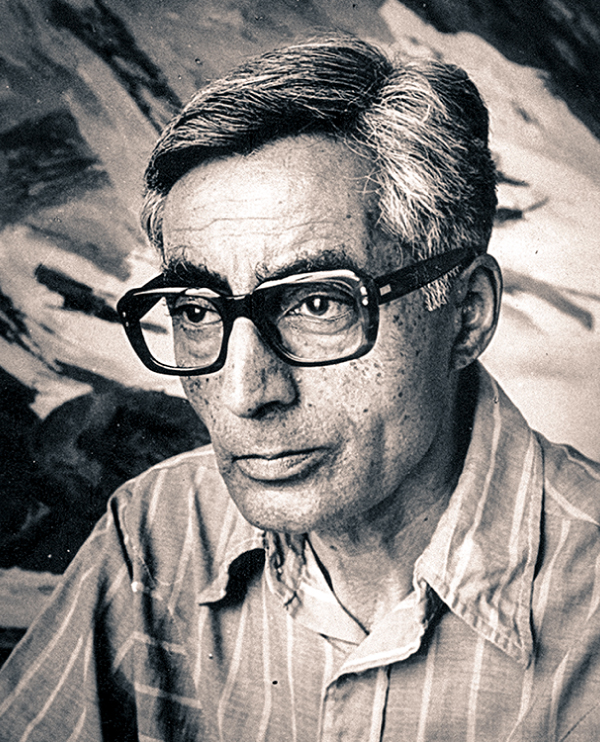
Ram Kumar, like his contemporaries Souza, Husain, and Raza, sought to merge international modernism with an Indian artistic identity. His early influences included European modernist movements.
Rather than relying on overtly ‘Indian’ motifs, Kumar’s work reflected a nuanced cultural dialogue. Ranjit Hoskote, in Parts of a World: Reflections on the Art of Ram Kumar (2002), observed that Kumar’s paintings enacted deep cultural narratives while retaining individuality. Kumar’s artistic language evolved beyond literal representation, capturing existential themes through abstraction. He remained committed to exploring the tensions between tradition and modernity in post-colonial Indian art. He lived and worked in Delhi.
PARESH MAITY
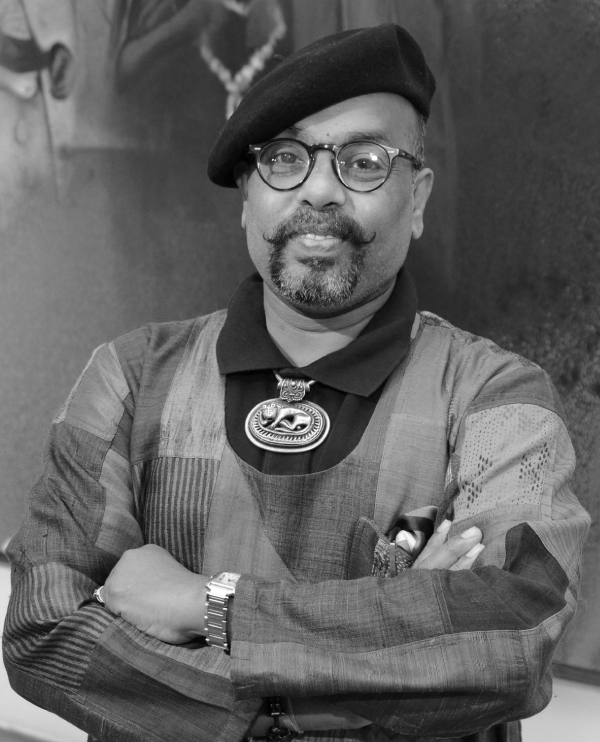
Born in Tamluk, West Bengal, in 1965, Paresh Maity studied fine arts in Kolkata and New Delhi, excelling in both. Over four decades, he has mastered multiple mediums.
Maity has held 88 solo exhibitions over 35 years, showcasing landscapes, portraits, and abstract compositions. His work is housed in private and public collections, including Rashtrapati Bhavan, the British Museum, and the Rubin Museum. In 2010, he completed an 850-foot mural for Delhi’s Indira Gandhi International Airport. Recognised for his artistic contributions, he was awarded the Padma Shri. In 2024, he received a Doctor of Literature (D.Litt.) degree from Sir Padampat Singhania University, Udaipur.
ANJOLIE ELA MENON
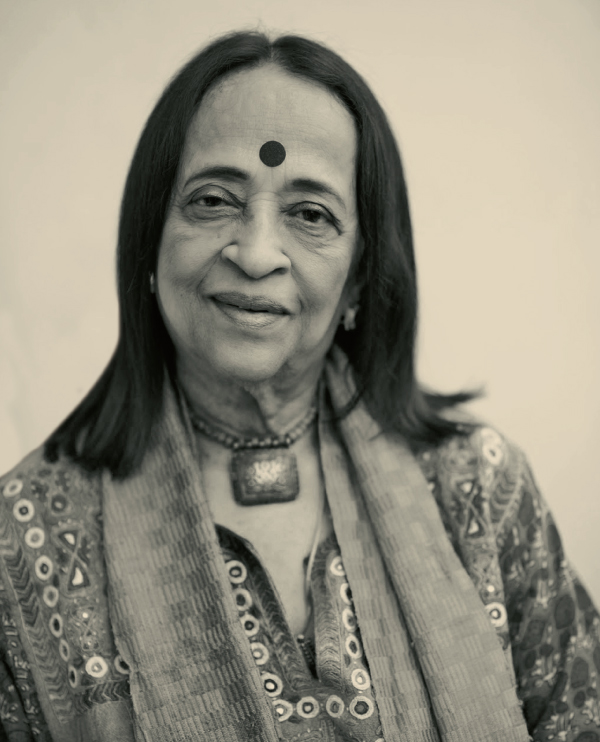
At 20, Anjolie Ela Menon left India to study in Europe, where she was influenced by medieval Christian art. She developed a signature technique of layered oil glazes.
Her work features translucent colours, burnished surfaces, and iconographic compositions inspired by early Christian art. Over time, her themes evolved to explore distance and loss through motifs like black crows, empty chairs, and obscured figures. In 1992, she challenged art conventions by painting household objects. Her Mutations series (1996) combined digital manipulation with overpainting. More recently, she collaborated with Gayatri Rula on Murano glass sculptures, translating her clay models into luminous glass forms.
MANU PAREKH
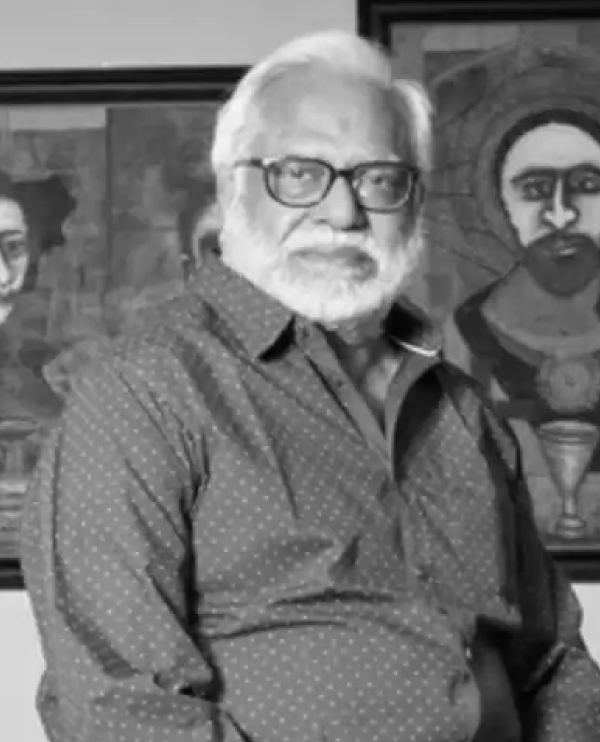
Born in Ahmedabad in 1939, Manu Parekh trained at the Sir J. J. School of Art, Mumbai. His career began in theatre before he transitioned to fine art.
Parekh worked as a set designer and later joined the Weavers’ Service Centre in Mumbai as an art designer. He has exhibited extensively in India and abroad, with works exploring surreal landscapes and hybrid imagery. A member of the Society of Contemporary Artists and a key figure in the Lalit Kala Akademi and the National Gallery of Modern Art, Parekh was awarded the Padma Shri in 1992. His work combines spontaneity with structured composition.
GANESH PYNE
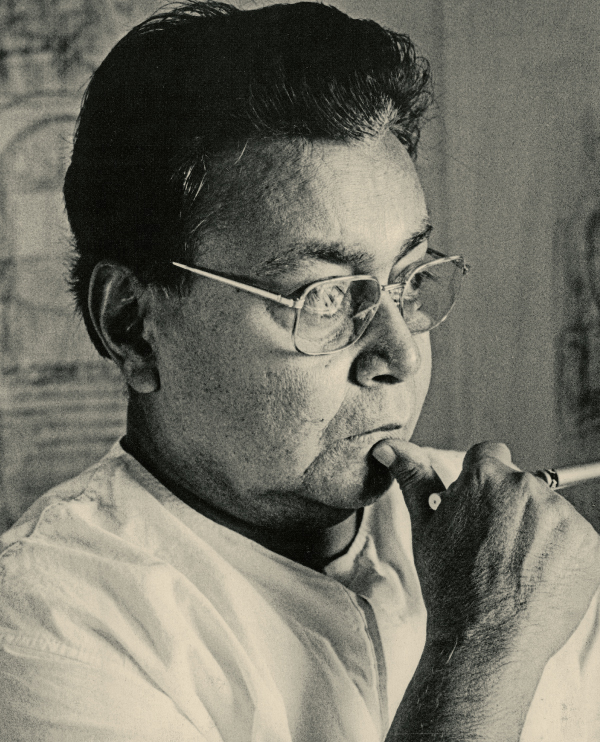
Born in Calcutta in 1937, Ganesh Pyne was an introverted child who began sketching early. He trained at the Government College of Art & Craft, graduating in 1959.
Initially influenced by Abanindranath and Gaganendranath Tagore, Pyne worked in watercolours before transitioning to gouache and tempera. By the mid-1960s, his palette darkened, and his imagery turned macabre. Skeletal figures, bones, daggers, and shadows became recurring motifs, reflecting existential anxieties. His art explored mortality and folklore, earning him recognition as a master of tempera. His unique artistic vocabulary remains influential. Pyne passed away in 2013.
S. H. RAZA
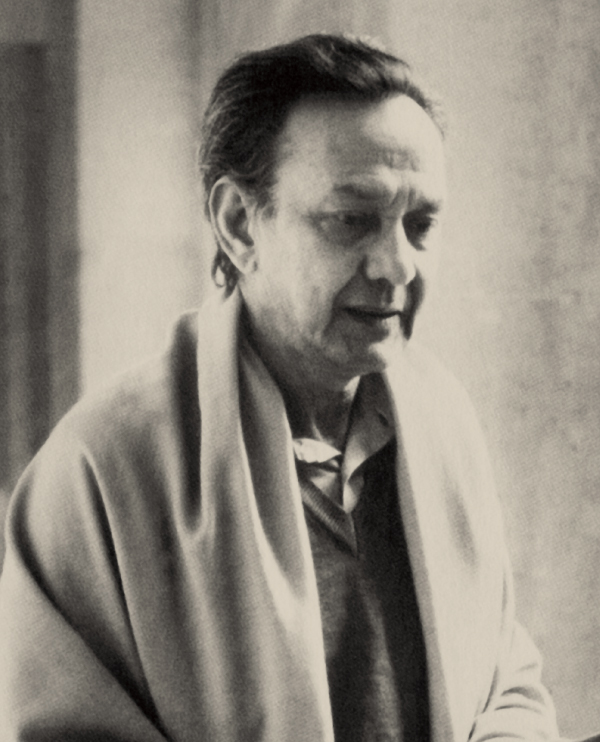
Born in Madhya Pradesh in 1922, Syed Haider Raza studied in Mumbai before moving to Paris, where he developed a distinctive visual language rooted in Indian spirituality.
A founding member of the Progressive Artists’ Group, Raza’s early works were expressionistic before evolving into geometric abstractions. His Bindu motif, symbolising energy and creation, became a defining feature. Exhibited globally, his works are part of collections at the Tate Gallery and the Museum of Modern Art. His paintings bridge Indian philosophy with modernist aesthetics, making him one of the most celebrated Indian artists of the 20th century.
HIMMAT SHAH
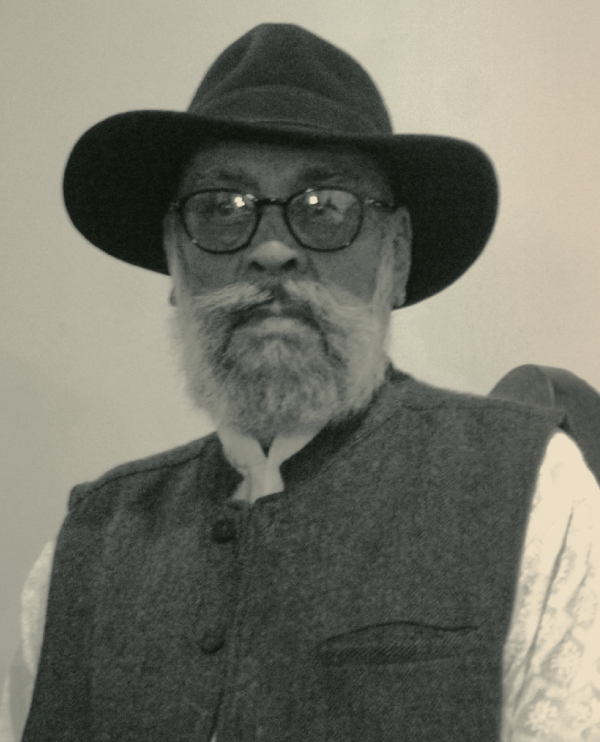
Himmat Shah was born on 22nd July 1933. Though primarily a sculptor, his early training as a painter influenced his approach, bridging two-dimensional and three-dimensional forms.
Shah studied at institutions in Gujarat, Mumbai, and Baroda before moving to Delhi. Over five decades, he developed a distinctive artistic language marked by meticulous craftsmanship and abstracted figuration. His sculptures, often autonomous forms, hold a strong presence. Shah’s works are in major collections worldwide, and he received several prestigious awards and scholarships. His contributions to Indian modernism remain significant.